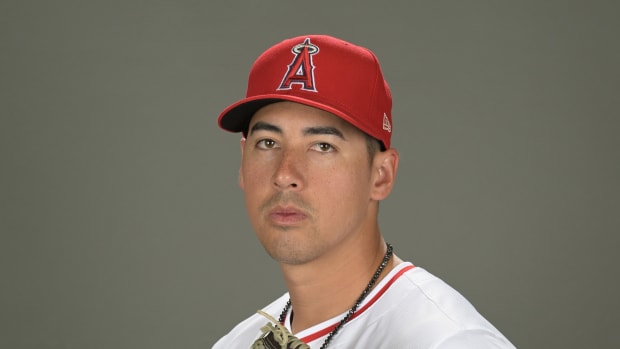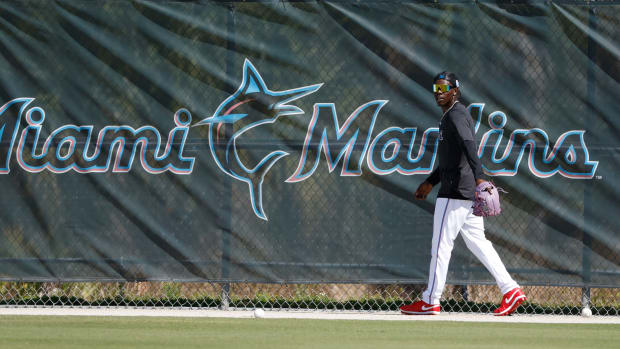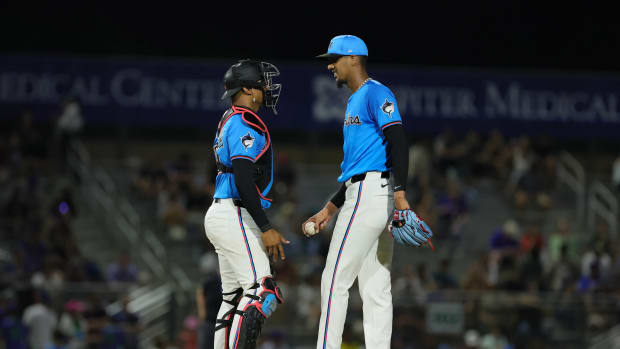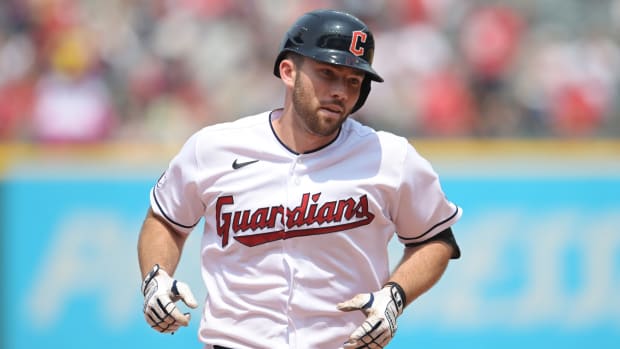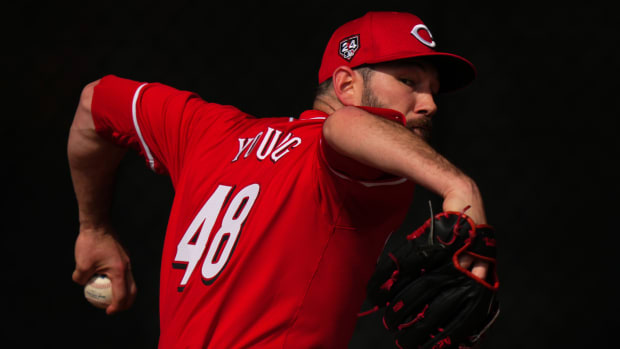'What Are You Looking At?': The Question That Started the Pirates-Braves Basebrawl
“What are you looking at?” is the most basic of the foundational questions for a fight. It is more straightforward than “you talkin’ to me?”, much more straightforward than “do you bite your thumb at us, sir?” It’s declaring an action in the most passive of behaviors—looking! not staring, not glaring, just looking!—and suggesting that it has a motive to be challenged. Sure, it has its layers; a look can convey just as much emotion as any set of spoken words, and the same look can have wildly different meanings in different contexts. At face value, though, “what are you looking at?” is a tad absurd. It’s a kindergarten question. It’s asked only when there’s already an answer in mind, and it’s designed to shrink the universe down to two people, the looker and the lookee. “What are you looking at?” is the silliest cause of a fight, which only means that it’s often the most relatable. And it’s perfect for a baseball brawl.
Most basebrawls spark from a single relationship, batter-versus-pitcher—no matter how dramatically the benches clear, or how suddenly the relief pitchers can make their performative jog in from the ‘pen. It starts because the pitcher hits the batter, or the batter hits a particularly monstrous home run off of the pitcher, or one of them delivers some perceived slight to the other. And “what are you looking at?” comes from almost all of them. Sometimes, there’s no time for a look; sometimes, the helmets and gloves are gone before anyone can look anywhere at all. Usually, though? Usually, there’s a look. Usually, there’s “what are you looking at?”, an inflection point for the fight either to fully break out or break all the way down.
Monday’s Pirates-Braves game had a very standard “what are you looking at?”, a truly classic representative of the genre. In the bottom of the first inning, Joe Musgrove grazed Josh Donaldson with a pitch, brushing against his jersey. Donaldson looked at Musgrove. Musgrove looked at Donaldson. “What are you looking at?”
It was, again, very standard-issue. Both teams rushed out on the field, but there were no punches thrown; there were a few solid shoves, many light jostles and several pairs of teammates restraining each other. In other words, a baseball fight. There was nothing particularly remarkable in the brawl. No, the remarkable piece was the one that immediately followed the action: Both Musgrove and Donaldson were tossed, along with Pittsburgh manager Clint Hurdle, who’d been heated about his pitcher’s ejection.
In a vacuum, it might seem like a strange call, if not an explicitly bad one; Donaldson had managed one clean shove, but Musgrove hadn’t gotten in anything similar, and his original pitch had not been targeted at the batter’s head, or even clearly targeted at all. The decision could be generously described as over-zealous. It could be less generously described as a markedly enthusiastic rendition of the Ump Show.
But in context, it seems much more dramatic than it might in a vacuum. Ejecting a pitcher in the first inning means something. Of every combination of player and inning, this makes for the most significant ejection; it comes with a whole slew of associated costs. It necessarily messes with the relief pitchers, which can linger for the next few days, bringing consequences for the next starter or two. (This certainly isn’t lost on the Pirates, who were already dealing with a rotation depleted by injuries, without anyone lined up yet to start for Wednesday or Thursday.) It is, in theory, a single ejection, and in practice, very often much more.
The Official Baseball Rules do not elaborate very much on the subject of ejections. The specific situations in which someone might be tossed are listed as they come up; ejecting a hitter for a corked bat is under Rule 3.02, The Bat, ejecting a pitcher for unnecessarily delaying the game is under Rule 6.02, Pitcher Illegal Actions, ejecting anyone for arguing with the ump is under Rule 8.02, Appeal of Umpire Decisions. There’s no overarching philosophy here. There’s no description of what an ejection is supposed to mean, whether it is primarily meant to target the player or to target his team, whether it’s designed to be a punishment or a deterrent or an equal mix of the two. There’s little clarity on baseball’s ideology of justice. It’s all left open to interpretation, at the discretion of the umpires. It’s all set up to ask: What are you looking at?






























